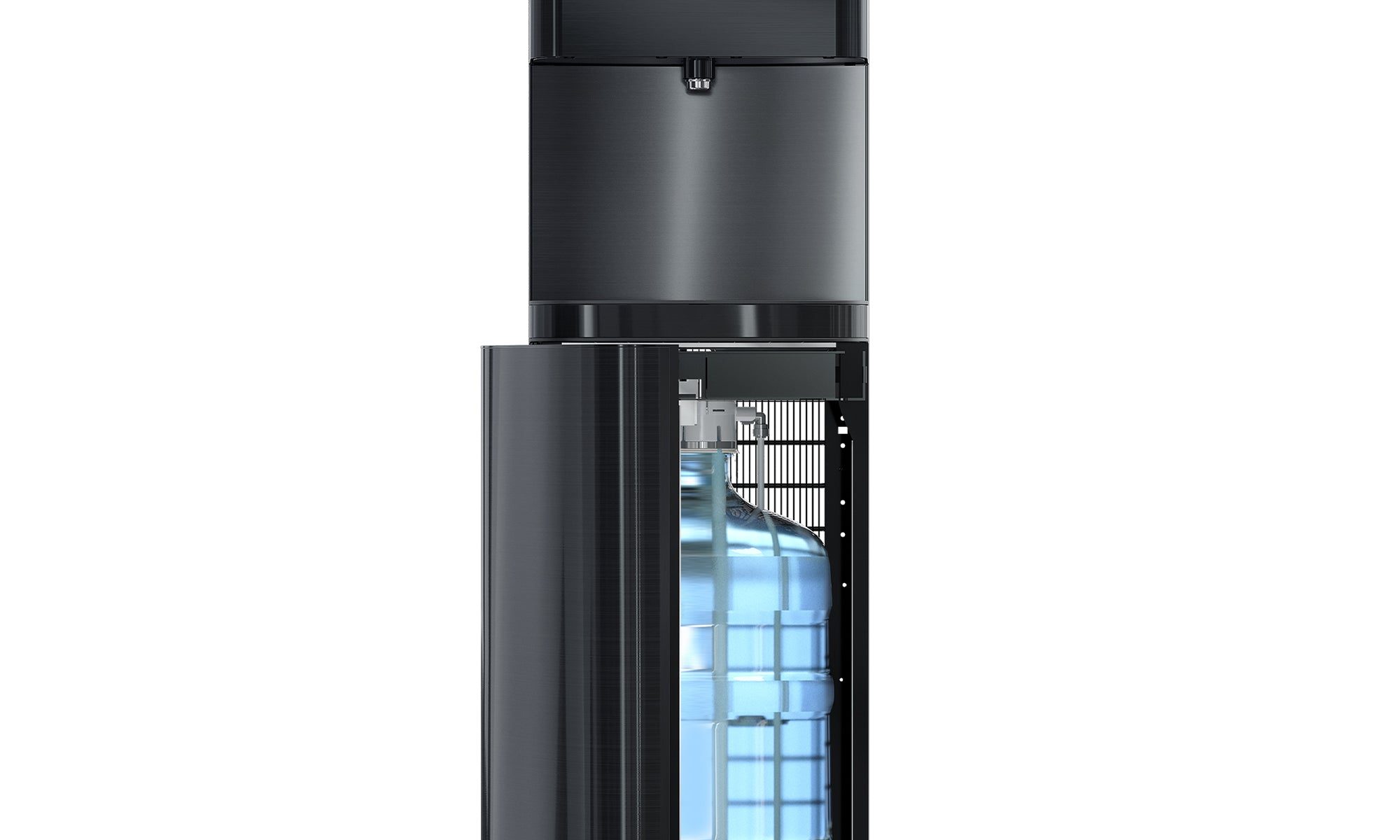In our fast-paced, technology-driven world, the humble water dispenser has become an indispensable fixture in homes, offices, and various public spaces. These convenient appliances provide a reliable and readily available source of clean, refreshing water, catering to our daily hydration needs. However, as with any frequently used equipment, water dispensers require regular maintenance and cleaning to ensure their optimal performance and to safeguard the purity of the water they provide.
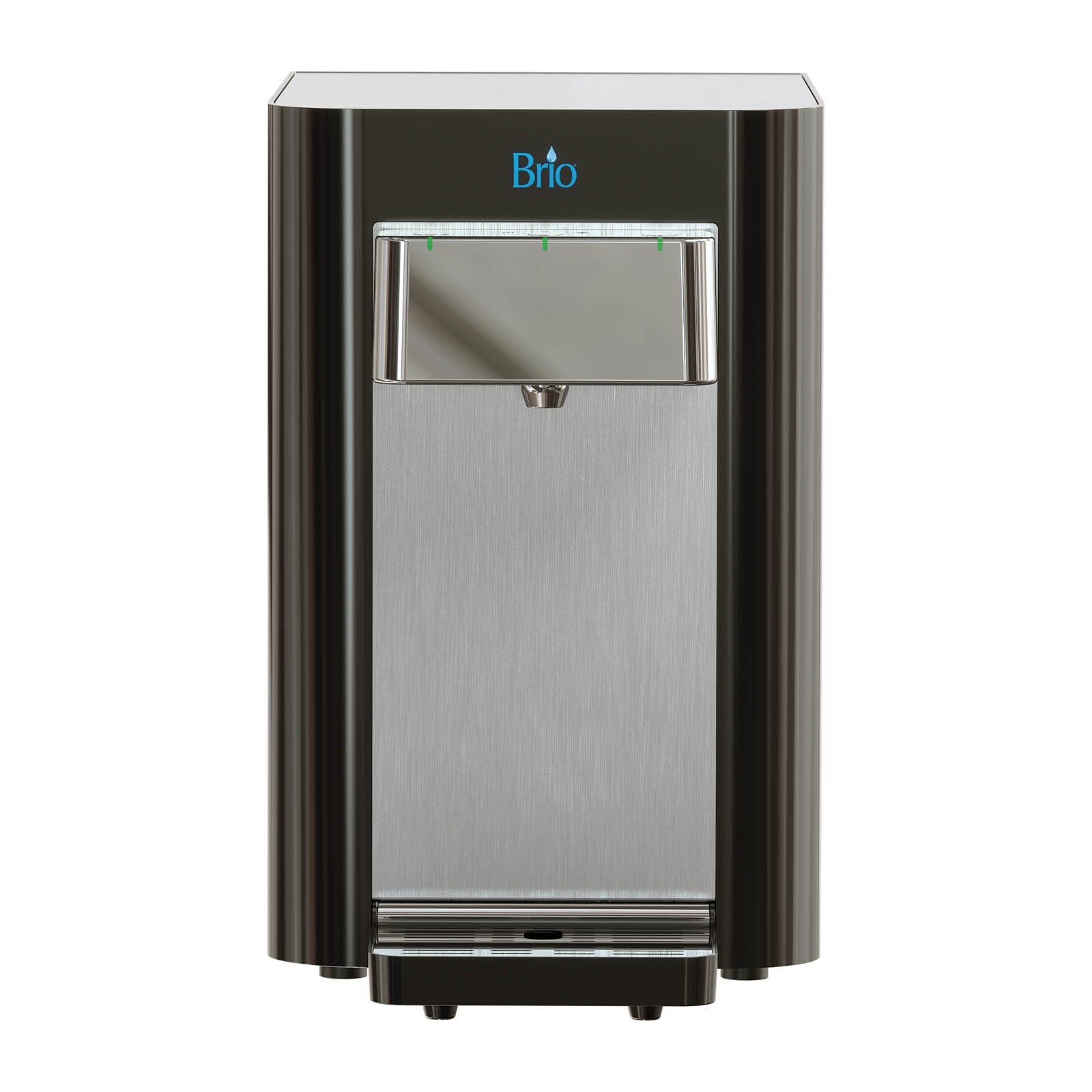
The Importance of Cleaning Your Water Dispenser
Water dispensers, whether they are freestanding units or integrated into larger appliances, can become breeding grounds for various contaminants, including bacteria, mold, and mineral buildup, if not properly maintained. Neglecting the cleaning and sanitization of these devices can not only compromise the taste and quality of the water but also pose potential health risks to those who consume it.
Preserving Water Quality and Purity
One of the primary reasons for regularly cleaning your water dispenser is to maintain the integrity of the water it provides. As water circulates through the dispenser’s internal components, it can pick up impurities, leading to a shift in taste, odor, and potentially the introduction of harmful microorganisms.
Removing Mineral Deposits and Buildup
Over time, the water flowing through the dispenser can leave behind mineral deposits and scale buildup, which can not only impair the device’s functionality but also alter the taste and quality of the water.
Eliminating Bacterial Contamination
Stagnant water and moist environments within the dispenser can create an ideal breeding ground for bacteria, potentially introducing harmful pathogens into the water supply.
Ensuring Optimal Appliance Performance
Proper cleaning and maintenance of your water dispenser can also contribute to the longevity and efficient operation of the appliance itself.
Preventing Malfunctions and Breakdowns
Neglecting the regular cleaning of the dispenser’s internal components can lead to mechanical issues, such as clogged pipes, faulty pumps, or even complete system failures, ultimately reducing the lifespan of the appliance.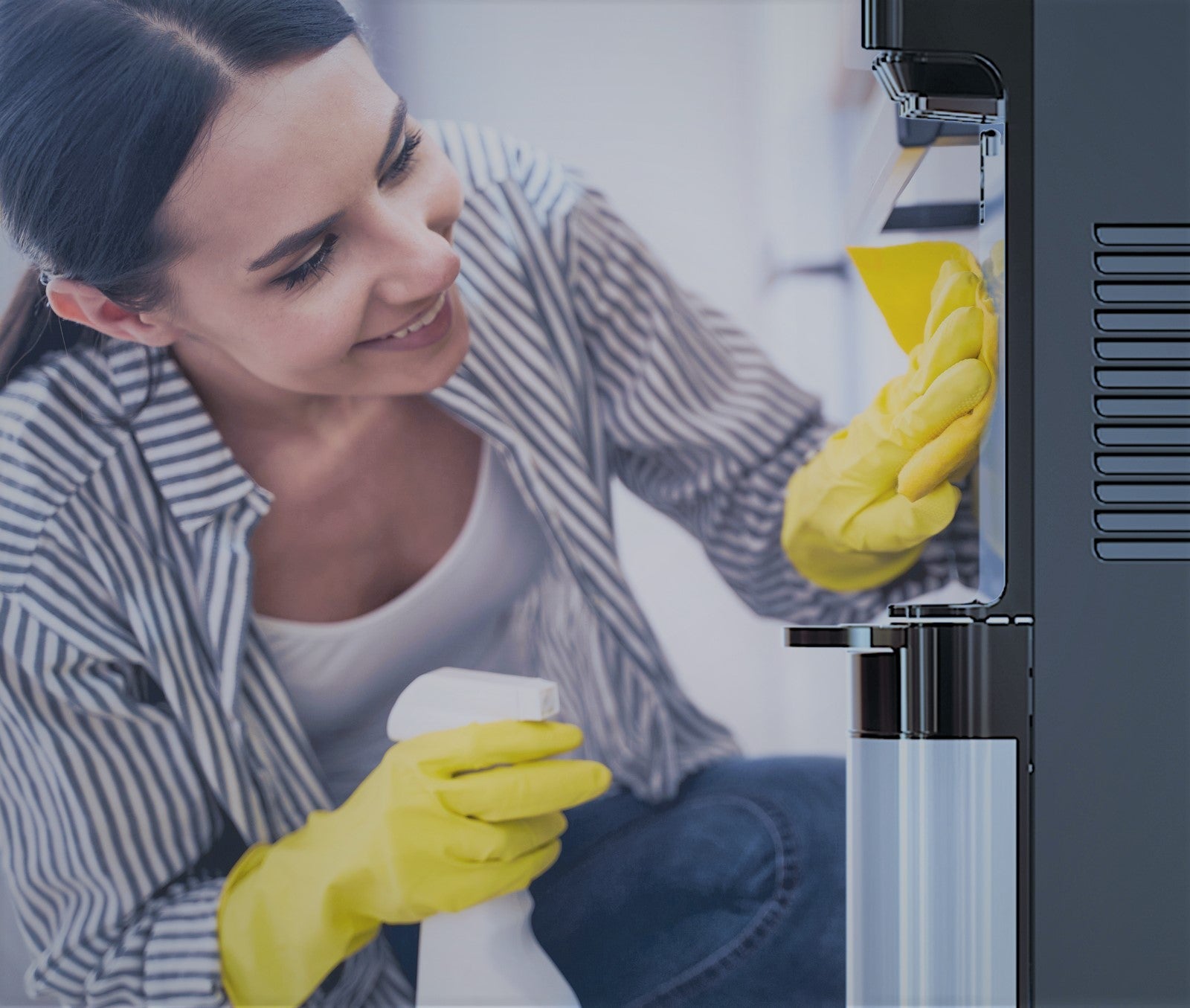
Improving Energy Efficiency
A well-maintained water dispenser, free from mineral buildup and contaminants, can operate more efficiently, potentially reducing energy consumption and contributing to cost savings over time.
Promoting a Healthier and More Hygienic Environment
Beyond the benefits to the water quality and appliance performance, regular cleaning of your water dispenser can also have a positive impact on the overall health and hygiene of your living or work environment.
Minimizing the Spread of Illnesses
By eliminating potential sources of bacterial growth and contamination, a properly cleaned water dispenser can help reduce the risk of waterborne illnesses and the spread of infectious diseases within your household or workplace.
Enhancing the Overall Aesthetic Appeal
A clean, well-maintained water dispenser can also contribute to a more visually appealing and inviting environment, creating a sense of cleanliness and attention to detail that can be appreciated by all who use the appliance.
Developing a Comprehensive Cleaning Routine
Establishing a comprehensive cleaning routine for your water dispenser is crucial to ensure its continued performance and the purity of the water it provides. This routine should encompass both regular maintenance tasks and periodic deep-cleaning procedures to address more stubborn issues effectively.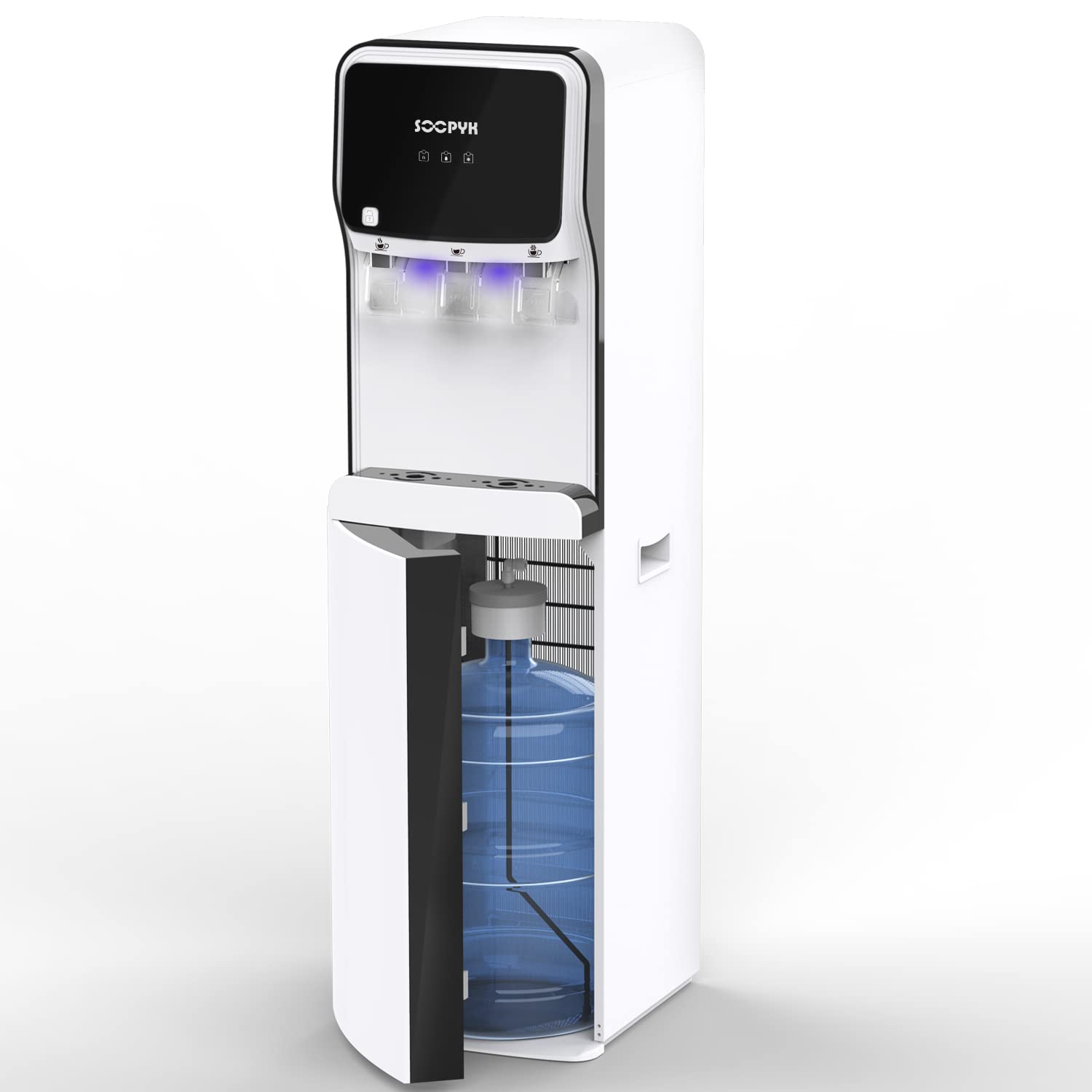
Establishing a Regular Maintenance Schedule
Implementing a consistent, routine cleaning schedule is the foundation of maintaining a well-functioning and hygienic water dispenser.
Determining the Appropriate Cleaning Frequency
The frequency of cleaning will largely depend on the usage and environmental factors surrounding your water dispenser. As a general guideline, most experts recommend cleaning the dispenser at least once a month, with more frequent cleanings for high-traffic or heavily used units.
Incorporating Routine Cleaning Tasks
Regular maintenance should include simple tasks such as wiping down the exterior surfaces, flushing the water lines, and replacing any removable components, such as drip trays or water filters, according to the manufacturer’s recommendations.
Performing Periodic Deep Cleanings
In addition to the regular maintenance tasks, it’s essential to conduct more thorough, in-depth cleanings of your water dispenser at regular intervals to address more complex issues and ensure a comprehensive level of sanitization.
Disassembling the Dispenser for a Thorough Clean
Periodic deep cleanings may involve the complete disassembly of the water dispenser, allowing access to all internal components for a more rigorous and targeted cleaning process.
Utilizing Specialized Cleaning Solutions and Techniques
Depending on the specific make and model of your water dispenser, you may need to employ specialized cleaning solutions, such as vinegar-based or sanitizer-based formulas, along with specialized tools or techniques to effectively remove stubborn mineral deposits, mold, or other contaminants.
Addressing Specific Cleaning Challenges
While a consistent cleaning routine can help prevent many issues, water dispensers may occasionally encounter more complex problems that require targeted troubleshooting and remediation.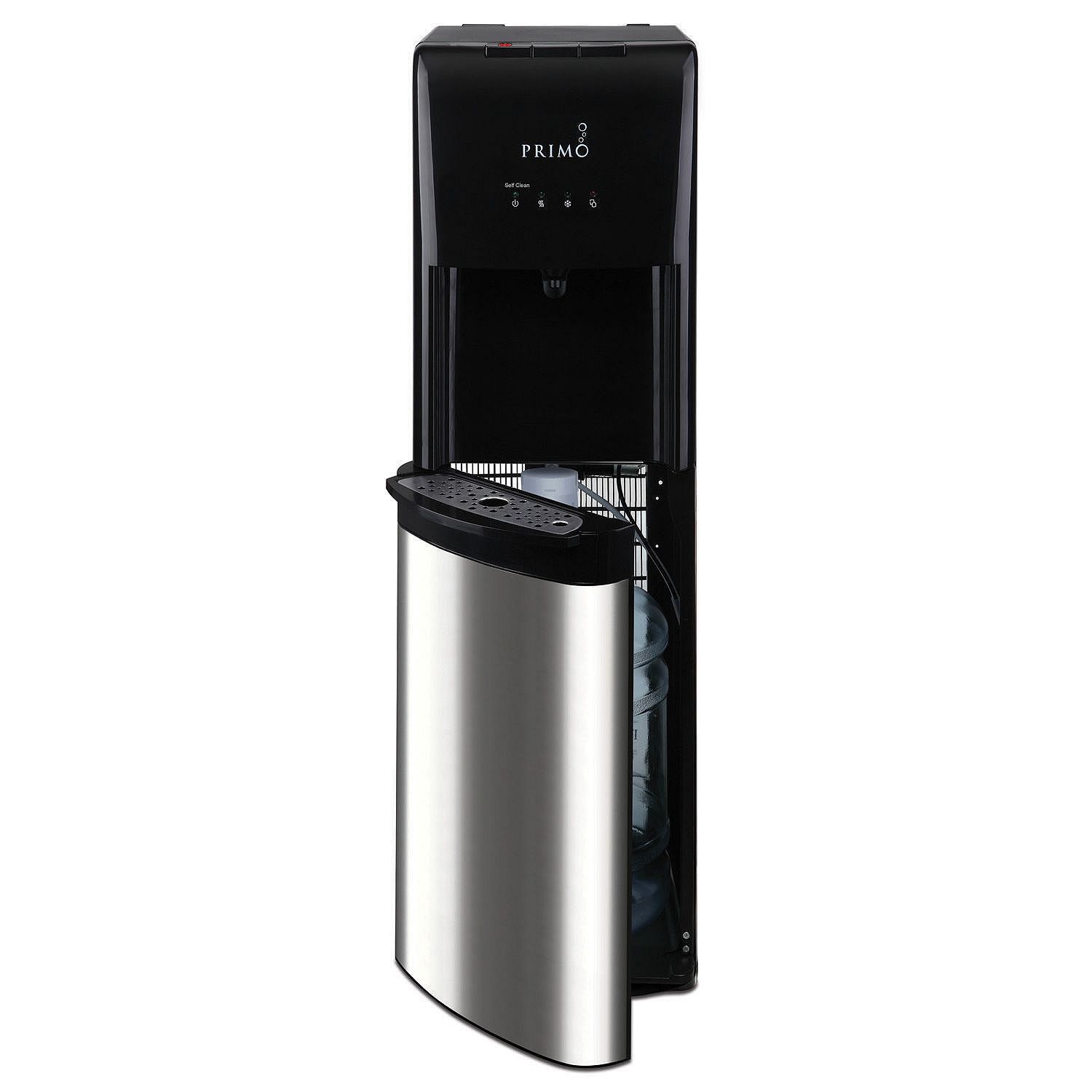
Dealing with Persistent Mineral Buildup
For water dispensers located in areas with high mineral content in the water supply, the accumulation of scale and deposits may require more frequent and aggressive cleaning measures to maintain optimal performance.
Managing Mold and Bacterial Growth
In the event of mold or bacterial contamination within the water dispenser, it’s crucial to address the issue promptly and thoroughly, utilizing appropriate disinfecting agents and techniques to eliminate the problem and prevent its recurrence.
Selecting the Right Cleaning Products and Techniques
Effectively cleaning and maintaining your water dispenser requires the use of appropriate cleaning products and techniques that are safe, effective, and tailored to the specific needs of your appliance.
Choosing the Appropriate Cleaning Solutions
The selection of cleaning solutions for your water dispenser should be made with care, considering factors such as the material composition of the appliance, the nature of the contaminants, and the potential impact on the water quality.
Utilizing Approved Cleaning Agents
Opt for cleaning solutions that are specifically designed and approved for use with water dispensers, as these products have been formulated to be effective while also being safe for use with potable water systems.
Exploring Natural Cleaning Alternatives
For a more eco-friendly and potentially gentler approach, consider using natural cleaning agents, such as white vinegar or baking soda, which can be effective in addressing various cleaning challenges while minimizing the risk of introducing harmful chemicals into the water supply.
Employing Proper Cleaning Techniques
The manner in which you clean your water dispenser can significantly impact the effectiveness of the process and the overall outcome.
Adhering to Manufacturer’s Instructions
Always refer to the manufacturer’s recommendations for the specific cleaning procedures and techniques recommended for your water dispenser model, as these guidelines are tailored to the design and construction of the appliance.
Incorporating Thorough Rinsing and Drying
Ensuring that all cleaning solutions are thoroughly rinsed from the water dispenser’s internal components and that the appliance is completely dry before reassembly is crucial to prevent any lingering chemical or moisture-related issues.
Maintaining Proper Hygiene and Safety Practices
When cleaning your water dispenser, it’s essential to prioritize personal and environmental safety to minimize the risk of exposure to potential contaminants or hazardous substances.
Using Appropriate Protective Equipment
Wear gloves, eye protection, and other personal protective equipment (PPE) as recommended to safeguard yourself during the cleaning process and to prevent the spread of any identified contaminants.
Disposing of Waste Responsibly
Properly dispose of any used cleaning solutions, filters, or other waste generated during the cleaning process in accordance with local environmental regulations to minimize the impact on the surrounding ecosystem.
Conclusion: Embracing the Importance of Water Dispenser Cleaning
Maintaining a clean and well-functioning water dispenser is not only crucial for ensuring the purity and quality of the water it provides but also plays a vital role in the overall health and hygiene of your living or work environment. By establishing a comprehensive cleaning routine, selecting the appropriate cleaning products and techniques, and prioritizing safety and environmental considerations, you can take proactive steps to safeguard the integrity of your water dispenser and contribute to the well-being of those who rely on its refreshing offerings.
As you embark on your journey of water dispenser maintenance, remember that the time and effort invested in this task will pay dividends in the long run. Not only will you enjoy the benefits of clean, great-tasting water, but you’ll also be contributing to the longevity and efficiency of your appliance, potentially saving on costly repairs or replacements down the line.
Embrace the importance of water dispenser cleaning and make it an integral part of your regular household or workplace routines. By doing so, you’ll not only be promoting a healthier and more hygienic environment but also demonstrating your commitment to providing your family, colleagues, or customers with the refreshing, pure water they deserve. So, let the act of cleaning your water dispenser be a testament to your dedication to maintaining the highest standards of quality and care in your surroundings.

